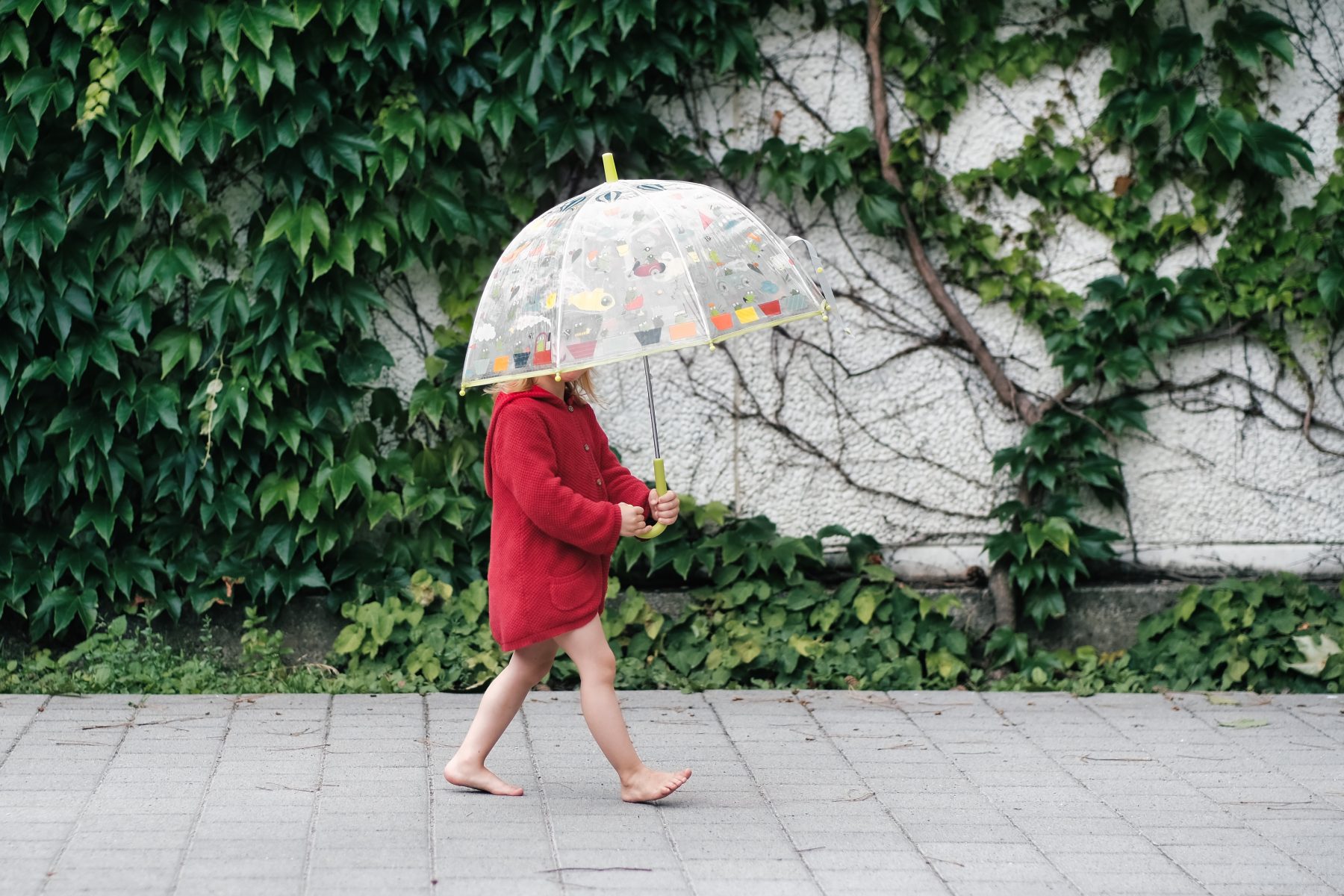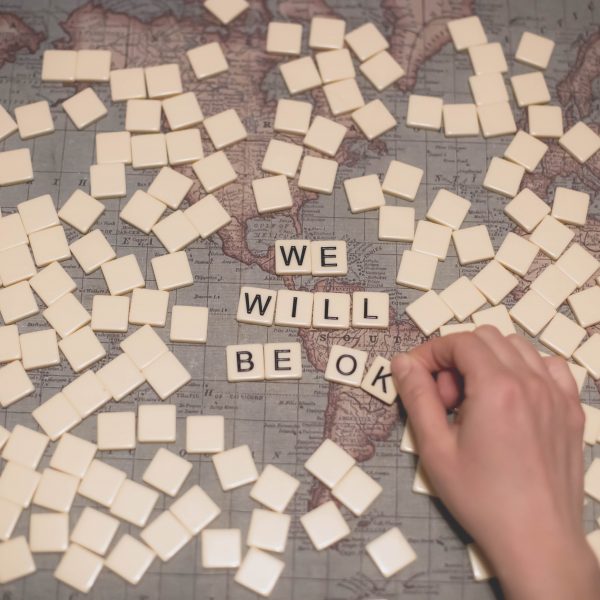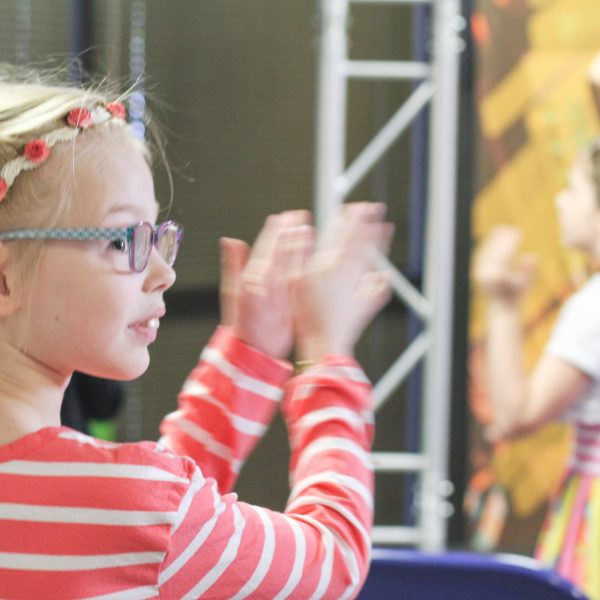Listening to children and young people’s voices about safety in organisations

The National Principles for Child-Safe Organisations emphasise young people’s empowerment and engagement in the development of policy and practice1 and that organisations need to incorporate this into their own policies and practices. This short article presents findings from the Children and Young People’s Safety Project and the implications for service providers working with children and young people.
What’s the research about?
The Children and Young People’s Safety Project is an ongoing fee-for-service program open to youth-serving organisations interested in measuring:
- children and young people’s perceptions of safety (through the Children’s Safety Survey)
- staff and volunteers’ safeguarding capabilities (through the Safeguarding Capabilities Survey).
The project aims to give children and young people a voice, and to assist organisations to understand what children and young people’s perceptions of safety are in different organisational contexts, as well as what organisational leaders can do to improve safety culture in response.
Participating organisations include sports, arts, recreation, education, faith-based and youth development providers/clubs, who choose which of the surveys they administer. Organisations have access to their data throughout the project, allowing them to use this to drive improvements in safeguarding policy and practice.
The Children’s Safety Survey asks about the ideas children and young people have of the safety climate2 within the organisation asking them to participate. They watch two scenarios on potential, unsafe (or grooming-like) situations. They then answer questions about their confidence levels in adults to keep them safe, any barriers to seeking help, who they would go to, and what type of help they may want if they felt unsafe. Nearly 2,000 children and young people have participated.3
What are the main findings?
Using data from the Children’s Safety Survey, we share what children and young people said about their hopes and needs when they are feeling unsafe. We found:
- Half (50%) of the children and young people surveyed reported feeling safe all the time.
- However, 4% of children and young people reported never feeling safe.
- Most children said they would tell someone if they felt unsafe with an adult (89%) or a peer (85%).
We asked young people who they would most likely turn to if they were in a situation like those in the scenarios presented (an unsafe situation with an adult and an unsafe situation with a peer). We found:
- Around 50% of young people said they would seek support from a parent or a friend if they felt unsafe with:
- an adult: (Mum 65%; friend 61%; Dad 46%)
- a peer: (Mum 57%; friend 50%; Dad 42%).
- Around 20% of young people said they would seek support from an adult in the organisation if they felt unsafe with:
- an adult (20%)
- a peer (18%).
When asked about their needs, responses varied according to sex and age, and whether the concerning behaviour was from an adult or a peer.
Boys were more likely than girls to want to know:
- what ‘the rules’ are regarding situations like these (unsafe with an adult: 14% vs 11%; unsafe with a peer: 14% vs 9%)
- whether what the person was doing was okay or not (unsafe with an adult: 28% vs 17%; unsafe with a peer: 28% vs 22%).
Boys and girls were equally likely to want adults’ support (by either having a trusted adult available or adults believing them if they reported feeling unsafe).
For peer-based safety concerns, children and young people wanted to have trusted adults available (45%), and for the adults around them to notice when they might be unsafe and step in (42%). For adult-based safety concerns, younger children were more likely than older children to want a trusted adult to talk to when they felt unsafe (57% of 10–11 year olds vs 42% of 16–18 year olds).
What do the findings mean?
Not all young people want the same type of support when feeling unsafe. Adults can ask individual children and young people who need support: ‘What would you like me to do to help?’ and have options ready to choose from. (See also CFCA’s Practitioner Resource Responding to Children and Young People’s Disclosures of Abuse.)
Organisations should identify what makes children and young people feel unsafe and what barriers they feel are stopping them from seeking help and adapt policies and practices to mitigate these. (See CFCA’s Practitioner Resource Protection Through Participation.) Given many young people prefer to speak to parents or friends, organisations should consider how to better engage parents in prevention and safeguarding strategies. Children and young people can be equipped to provide support and seek help for their friends through child-centred protective participatory processes in an organisation.4
This can include ensuring children and young people are comfortable talking about their feelings and safety with peers and identifying trusted adults (or services) that can help. (See Kids Helpline’s When Your Friend is Being Abused(link is external) …) Organisations should first develop strategies to foster engagement with parents, and support children and young people to be active listeners and caring responders if their peers alert them to concerns. They can then remind children and young people that they have a choice in who to speak to and that there are avenues for the organisation to be alerted to safety concerns across the organisation.
Practitioners should ensure children and young people – especially those entering their teenage years – know there are adults who are available to talk to, who will believe them when speaking up about feeling unsafe, and who will notice when a child may be or feel unsafe. (See the SafeSecureKids resources.)
How will you use the evidence or information in this short article in your work? We would love to hear from you in the Comments field below.
Further reading and related resources
This website, by the Institute of Child Protection Studies, contains information on how to participate in the Children and Young People’s Safety Project to support improvements to organisations’ safeguarding practices and policies.
This report details the findings of the Children’s Safety and Safeguarding Capabilities Surveys from 2018 to 2020.
This practice tool, by the Institute of Child Protection Studies, supports schools and other organisations to consider how they can involve young people in safeguarding discussions and activities.
References
1 Australian Human Rights Commission. (2018). National Principles for Child Safe Organisations. Sydney: Australian Human Rights Commission.
2 Kaufman, K., Erooga, M., Stewart, K., Zatkin, J., McConnell, E., Tews, H. et al. (2016). Risk profiles for institutional child sexual abuse: A literature review. Sydney: Royal Commission into Institutional Responses to Child Sexual Abuse.
3 Russell, D., & Higgins, D. (2020). Safeguarding capabilities in preventing child sexual abuse: Exploratory factor analysis of a scale measuring safeguarding capabilities in youth-serving organizations workers. Child Maltreatment, 25(2), 233–242.
4 Moore, T. (2017). Protection through participation involving children in child-safe organisations. Melbourne: Australian Institute of Family Studies.
The Australian Institute of Family Studies (AIFS) on behalf of the Commonwealth of Australia are the copyright holders of this work.
The work has been re-shared here under CC BY 4.0 licencing, and with express permission of both AIFS and the authors.
The original work may be accessed here, alongside copyright information from AIFS, which may be found here.
Popular

Quality
Practice
Provider
Research
Workforce
Honouring the quiet magic of early childhood
2025-07-11 09:15:00
by Fiona Alston

Practice
Provider
Quality
Research
Workforce
New activity booklet supports everyday conversations to keep children safe
2025-07-10 09:00:16
by Fiona Alston

Quality
Practice
Provider
Workforce
Reclaiming Joy: Why connection, curiosity and care still matter in early childhood education
2025-07-09 10:00:07
by Fiona Alston












